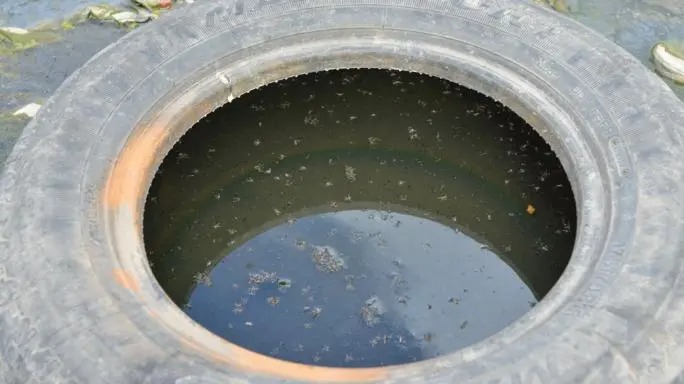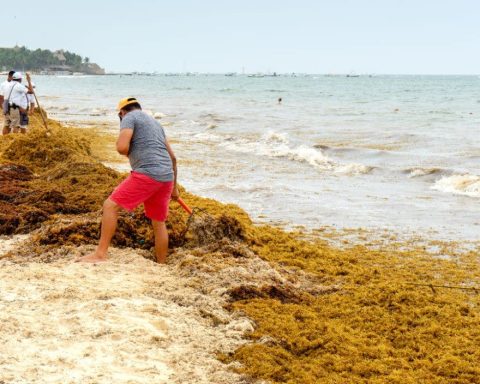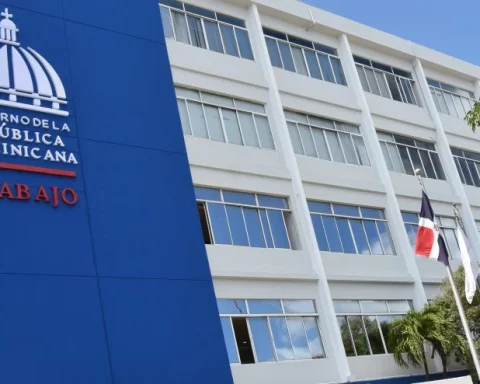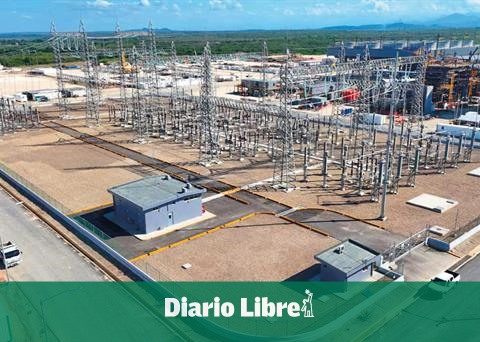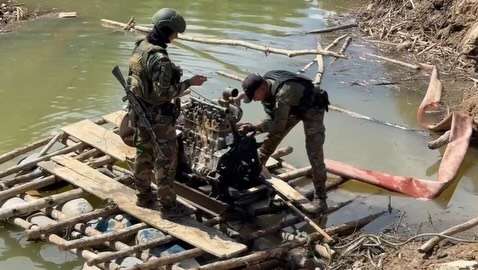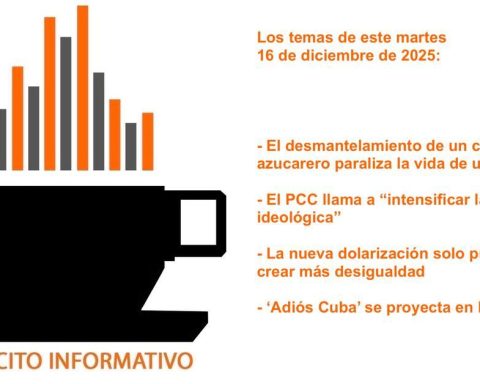With the simple inspection of the houses, inside and outside them, especially after each rain, one contributes to the reduction of Aedes aegypti mosquitoes, and, therefore, to the reduction of cases of chikungunya.
Investing 10 minutes a day, throughout the year, in using this action contributes significantly to the health of the population.
It is necessary to discard any useless object that can accumulate water, from all environments, whether inside or outside a physical space, for this purpose, the following measures can be taken into account:
• Verify that there are no objects that can accumulate water, scattered outdoors.
• Eliminate what is not going to be used: cans, bottles, caps, etc.
• Inspect and clean gutters.
• Store indoors or cover containers with water for use or consumption.
• Place the bottles that will continue to be used upside down.
• Observe that there is no water accumulated in the saucers of the pots.
• Replace the water in the vase with wet sand.
• Check that water does not accumulate between the trunk and the branch of the trees.
• Remove or store tires indoors.
• Clean the pet’s drinking bowl every time the water is changed.
Likewise, the population is urged to use personal protection barriers, repellent, mosquito nets when sleeping and metal mesh on doors and windows, as well as clothing with light-colored garments that cover a large part of the body.
DR alert
He Ministry of Public Health (MSP) yesterday issued an epidemiological alert in the country due to the risk that citizens run due to the possible reappearance of the chikungunya virus, which since the beginning of the year has had a high prevalence in nations of the region.
“It is a reality that chikungunya is coming and it is likely that in the coming weeks we will begin to see cases,” said Ronald Skewes, head of the General Directorate of Epidemiology (Digepi), at a press conference.
He said that despite the fact that the number of infections of the disease has been insignificant in recent years, an outbreak similar to the one currently experienced by countries in the Southern Cone such as Paraguay and Brazil may occur in the territory.
